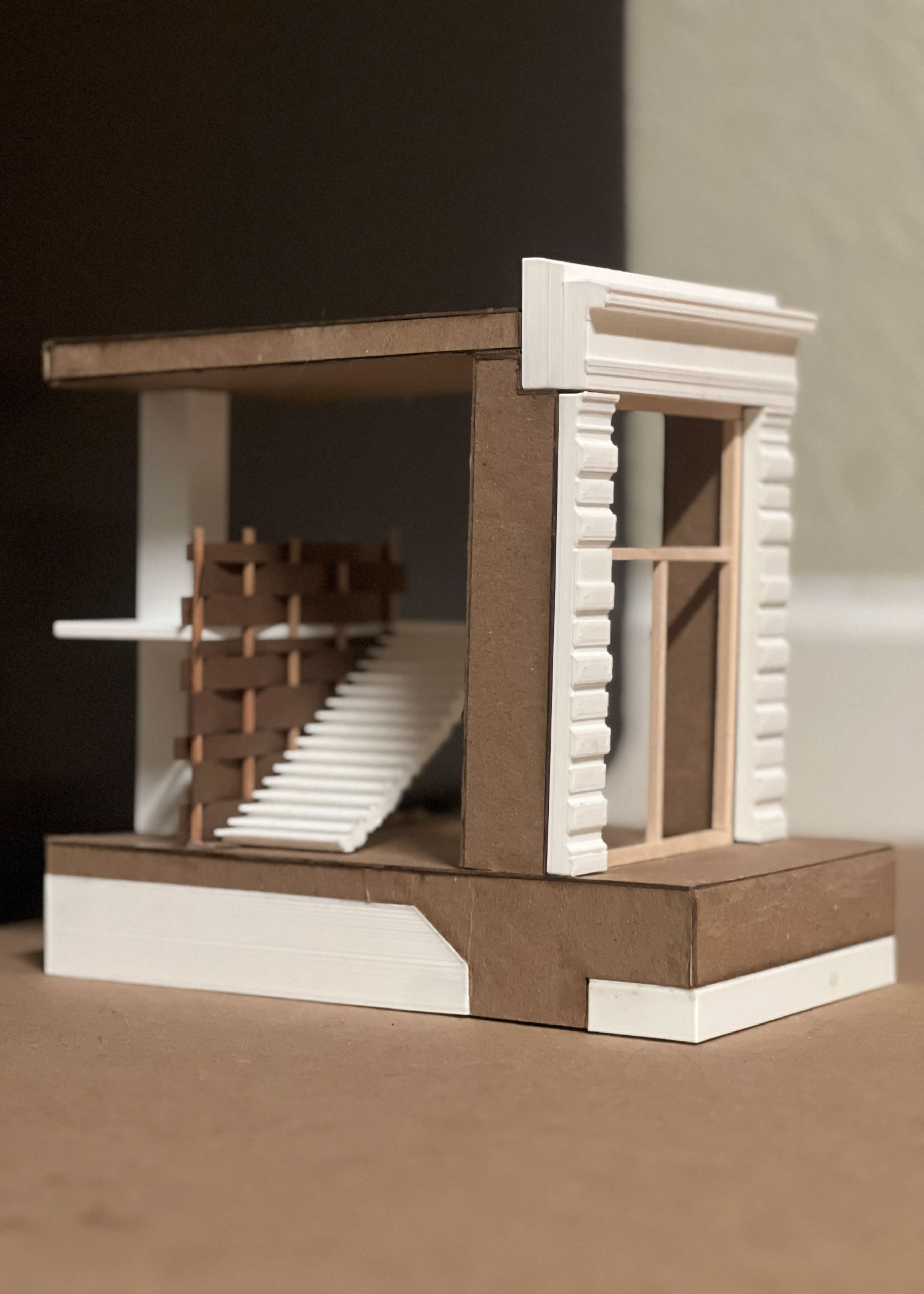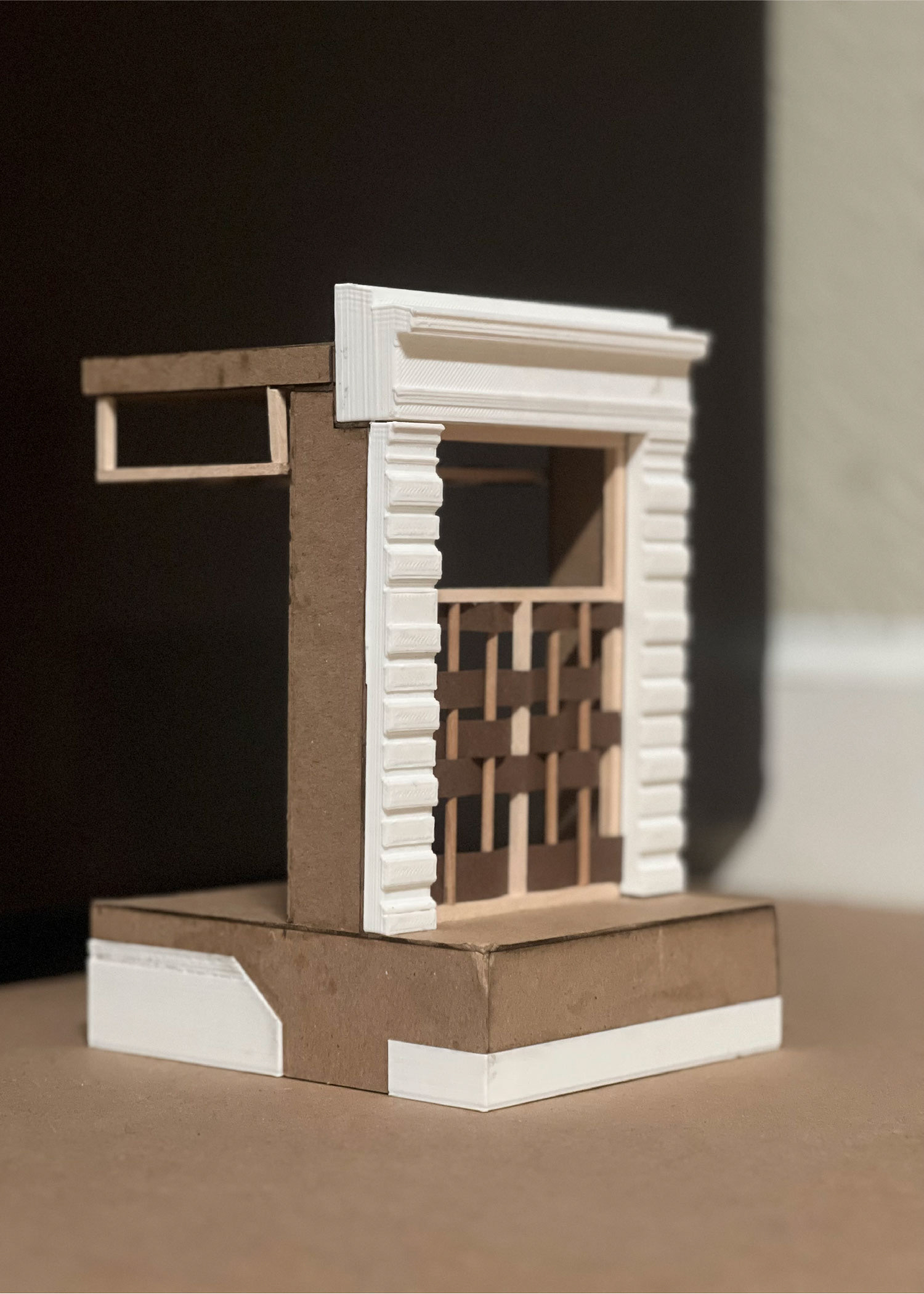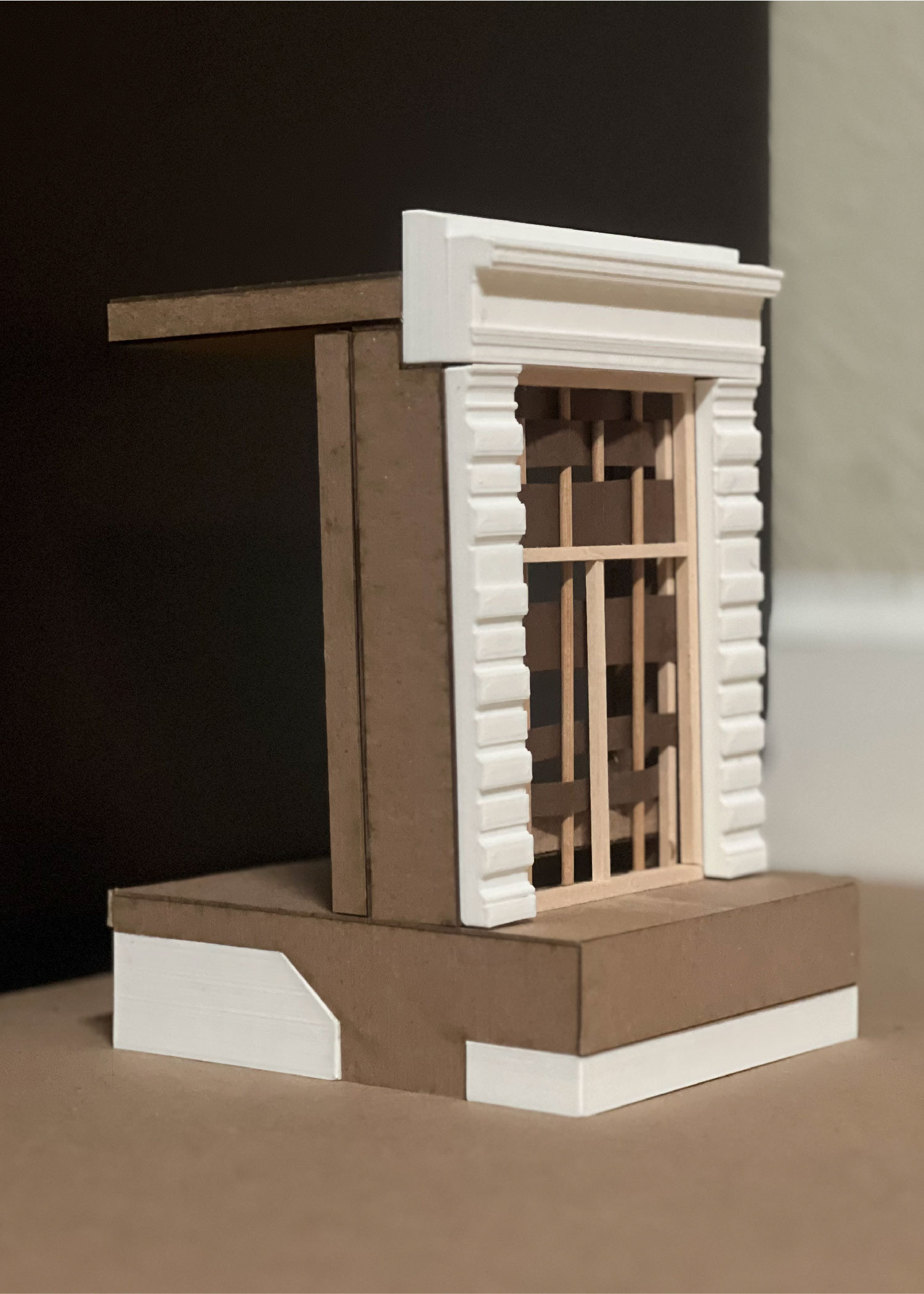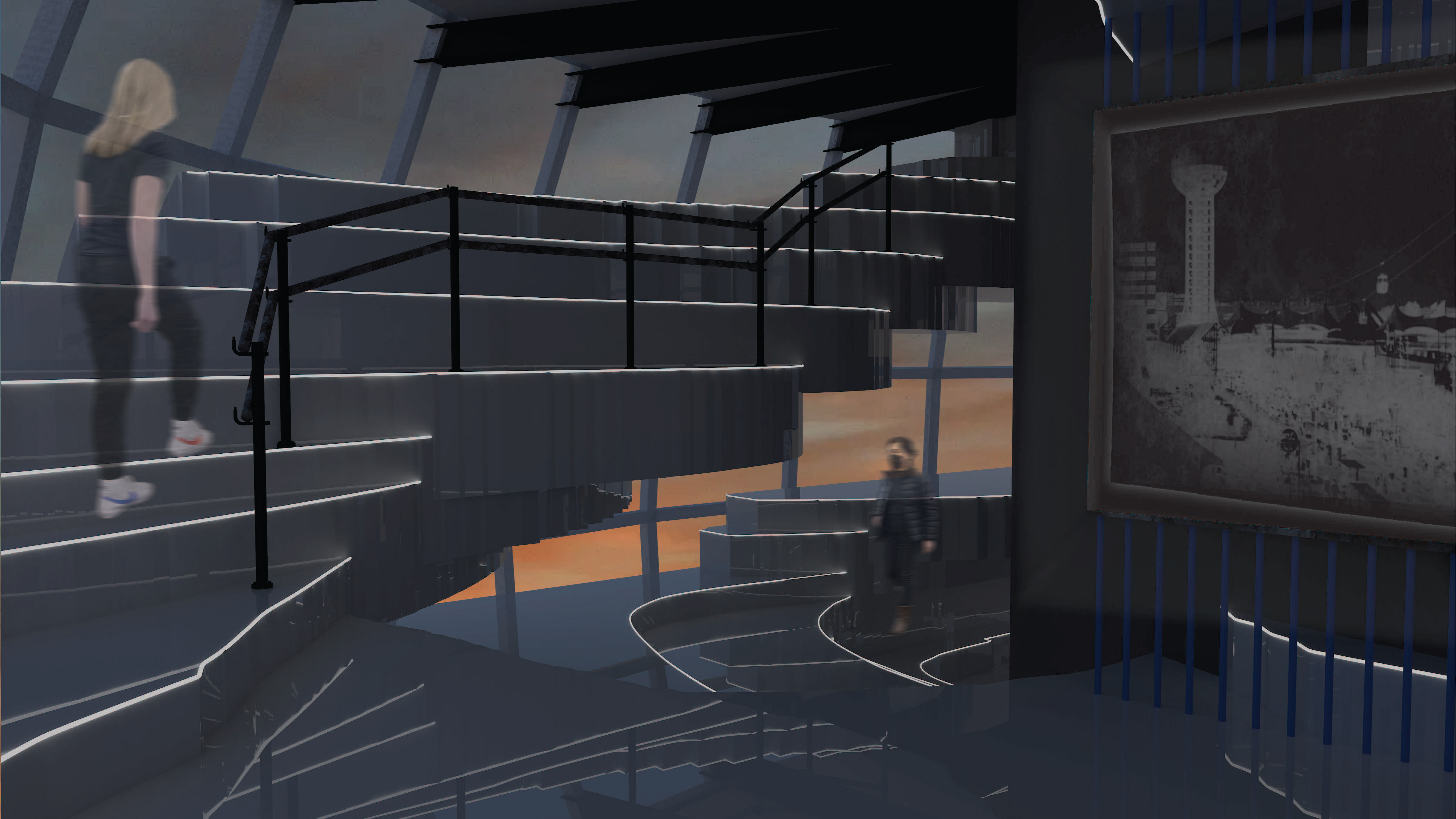Design Development and Construction Detailing Documentation
IARCH 376 - spring 2023
Rattan is a type of vine native to tropical regions, including Indonesia. It is widely known for its flexible and durable qualities, making it a popular material for furniture and handicraft production. Indonesia is one of the world's largest rattan producers, and the industry has played a significant role in the country's economy. Rattan is harvested from the wild or cultivated in rattan plantations. In Indonesia, rattan can be found in various regions, including Kalimantan (Borneo), Sumatra, Sulawesi, and Java. The island of Kalimantan, in particular, is known for its vast rattan resources. The rattan industry in Indonesia employs many local communities, particularly in rural areas. The rattan vines are harvested and processed into various products such as furniture, baskets, mats, and home decorations. In addition, skilled craftsmen and women weave and shape the rattan into beautiful and functional pieces in high demand domestically and internationally.
Indonesia has been a significant exporter of rattan products for many years, with countries like the United States, Europe, and Japan being substantial importers. However, it is worth noting that in recent years, there has been increasing awareness and efforts to promote sustainable rattan harvesting and production practices to ensure the long-term viability of this natural resource. Additionally, rattan has gained recognition as an environmentally friendly material due to its renewable nature and ability to sequester carbon dioxide. As a result, the market demand for sustainable rattan products has been growing, further encouraging the adoption of responsible rattan production practices in Indonesia.
Indonesia has a significant track record of implementing and removing export bans on un- and semi-finished rattan and other natural resource products. These bans are aimed at retaining value addition within the country. However, it is crucial to consider the potential unintended ramifications in international markets, as they have the potential to undermine the policy's objectives. Furthermore, such consequences could jeopardize the billion-dollar industry and the livelihoods of numerous workers and families. For example, due to the most recent ban in July 2012, many families lost their jobs and primary sources of income. In addition, rattan fields were turned into other uses, such as palm oil plantations.
I wanted to bring natural materials back into this bustling city for the Flatiron building. The space can be used as an almost relaxation station for those busy people wandering the streets of New York. Whether someone is getting off work or just stopping by, they can move throughout the space and be intertwined with the material as soon as they step foot inside. This creates an opportunity for an outdoor space, but indoors in the quiet. The rattan materials span the entire building and act in many different ways, such as benches, tables, bars, and focal point green walls. As it does in the forests of Indonesia, the material wraps around the entire space and blends or grows into each other or different objects. After visiting this newly designed space, customers and visitors are now entered into a new tranquil, peaceful state of mind.
















